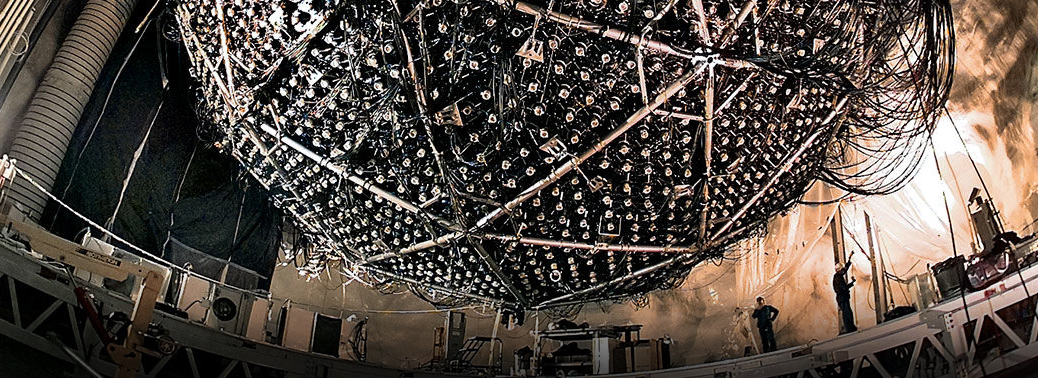NEUTRINO OBSERVATORY
14, Jul 2019

Prelims level : Science & Technology- Scientific Exploration
Mains level : : GS-III Science and Technology - developments and their applications and effects in everyday life Achievements of Indians in science & technology; indigenization of technology and developing new technology.
Why in News?
- The Government of India has approved a project to build the India-based Neutrino Observatory (INO) at Pottipuram in the Theni District of Tamil Nadu.
- The project aims to set up a 51000-ton Iron Calorimeter (ICAL) detector to observe naturally occurring atmospheric neutrinos in a cavern at the end of an approximately 2 km long tunnel in a mountain.
- This will help to reduce the noise from cosmic rays that is ever present over-ground and which would outnumber the rare neutrino interactions even in a detector as large as ICAL.
- India based Neutrino Observatory Project:
- The India-based Neutrino Observatory (INO) Project is a multi-institutional effort aimed at building a world-class underground laboratory with a rock cover of approx.1200 m for non-accelerator based high energy and nuclear physics research in India.
The Project Includes:
- Construction of an underground laboratory and associated surface facilities at Pottipuram in Bodi West hills of Theni District of Tamil Nadu,
- Construction of a Iron Calorimeter (ICAL) detector for studying neutrinos, consisting of 50000 tons of magnetized iron plates arranged in stacks with gaps in between where Resistive Plate Chambers (RPCs) would be inserted as active detectors
- Setting up of National Centre for High Energy Physics at Madurai, for the operation and maintenance of the underground laboratory, human resource development and detector R&D along with its applications. The underground laboratory, consisting of a large cavern and several smaller caverns, will be accessed by a 2100 m long and 7.5 m wide tunnel.
Objectives:
- The initial goal of INO is to study neutrinos.
- Neutrinos are fundamental particles belonging to the lepton family. They come in three flavours, one associated with electrons and the others with their heavier cousins the muon and the Tau.
- According to standard model of particle physics, they are mass less.
- However recent experiments indicate that these charge-neutral fundamental particles, have finite but small mass which is unknown.
- They oscillate between flavours as they propagate. Determination of neutrino masses and mixing parameters is one of the most important open problems in physics today.
- The ICAL detector is designed to address some of these key open problems in a unique way.
- Over the years this underground facility is expected to develop into a full-fledged underground science laboratory for other studies in physics, biology, geology, hydrology etc.






